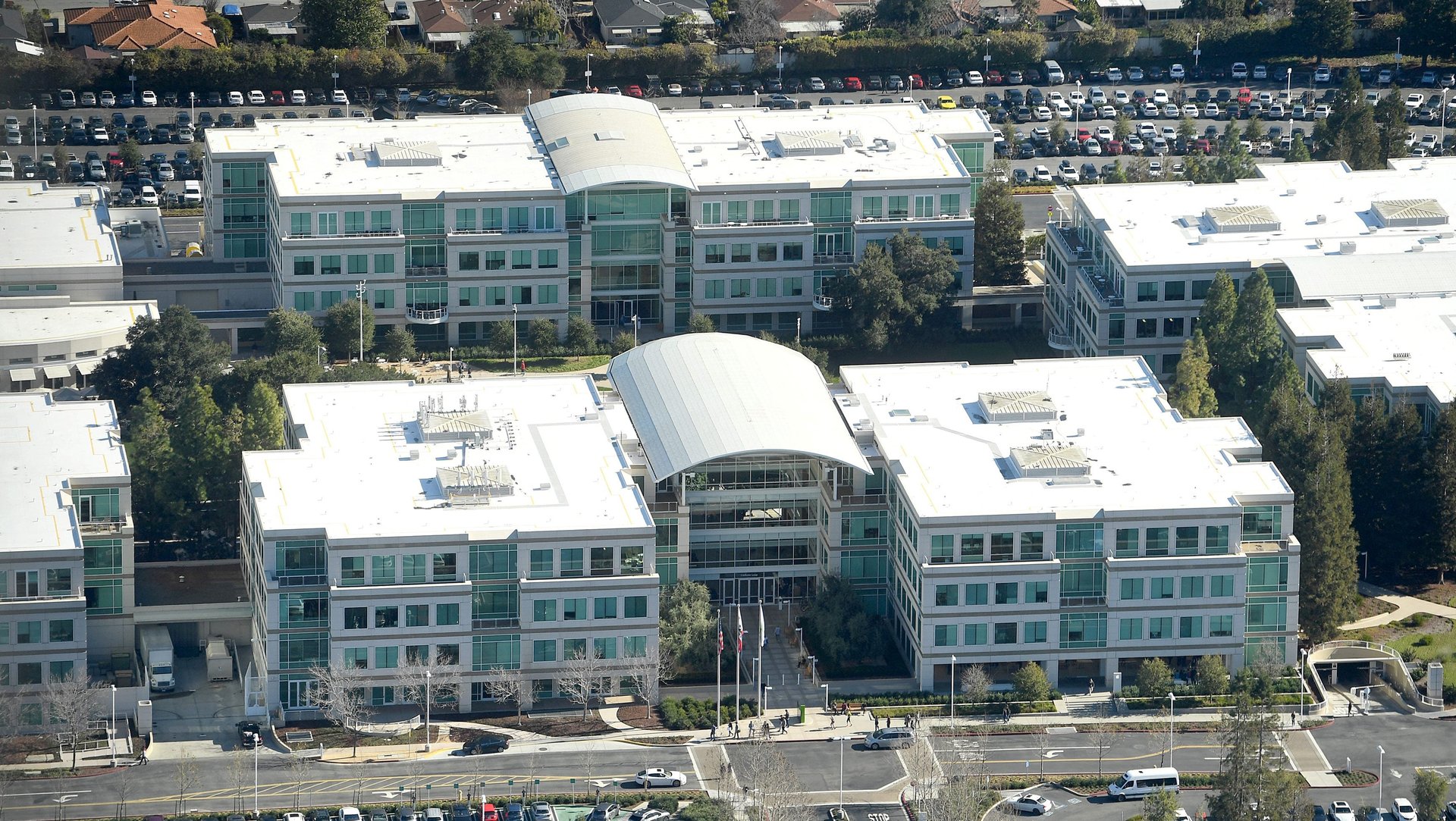Silicon Valley is home to more toxic Superfund sites than anywhere else in the country
Before the sleek tech campuses, Silicon Valley was a thoroughly industrial landscape, producing the world’s computer chips and other high-tech components. From the mid-1960s to the mid-1980s, when the manufacturing industry moved to East Asia, that meant the toxic chemicals used to make computer chips, semiconductors, and the like were being handled and dumped (sometimes literally) in California tech companies’ backyards. And that manufacturing legacy lives on in a huge amount of highly contaminated soil.


Before the sleek tech campuses, Silicon Valley was a thoroughly industrial landscape, producing the world’s computer chips and other high-tech components. From the mid-1960s to the mid-1980s, when the manufacturing industry moved to East Asia, that meant the toxic chemicals used to make computer chips, semiconductors, and the like were being handled and dumped (sometimes literally) in California tech companies’ backyards. And that manufacturing legacy lives on in a huge amount of highly contaminated soil.
California’s Santa Clara County, the seat of Silicon Valley, has more federal Superfund sites than anywhere else in the US.
The county is home to 23 sites in the US Environmental Protection Agency’s Superfund program, meaning the federal government recognizes them as highly contaminated areas and have earmarked them for cleanup. (It’s the same program the Trump administration seeks to cut by 30%.) Almost all of the Santa Clara Superfund sites are located where there once were (or still are) high-tech manufacturing sites.
In many cases, cleanup was completed, though completely eradicating the toxins is often impossible. At the site of a former Intel plant, for example, contamination was brought down to safe levels. But the EPA still prohibits groundwater-well drilling and certain types of property development in the area of the plume, and acknowledges low levels of groundwater contamination may remain. And through a process known as “vapor intrusion,” toxins may continue to rise through soil or groundwater, seeping into the air over time.
According to an NBC Bay Area investigation from 2014, Santa Clara county is also home to hundreds more unofficial toxic waste sites; The NBC team counted 518 chemical spill sites in total.
Chip manufacturing requires highly toxic chemicals. For example, chips are coated with a light-sensitive compound that allow chips to be photographically printed with circuit patterns. That compound typically contains ethylene glycol ethers, or EGEs. According to Bloomberg, the EGEs easily permeated rubber gloves, exposing workers to 500 to 800 times the safe level of the chemicals. A study conducted by IBM facilities found miscarriage rates tripled for women who worked specifically with EGEs, according to Bloomberg. Of course, when the chip manufacturing industry moved to Asia, so did the toxic legacy.
But while chips were still made in California, these chemicals were regularly dumped into the environment. “There was just no knowledge of these things, and we were pouring stuff down into the city sewer system,” Gordon Moore, a founder of Intel, said in an interview with the Chemical Heritage Foundation. In some cases, chemicals were just dumped on the soil. Amanda Hawes, a worker’s rights attorney in Silicon Valley, told NBC Bay Area, “I think it wasn’t unheard of for stuff to be literally poured out the backdoor.”